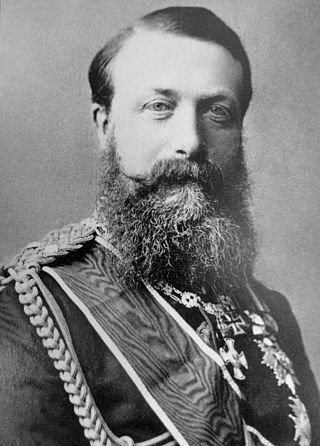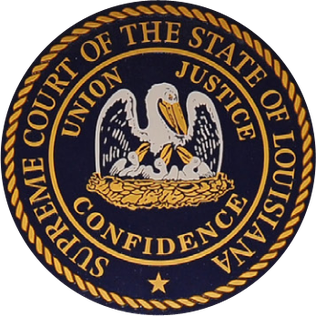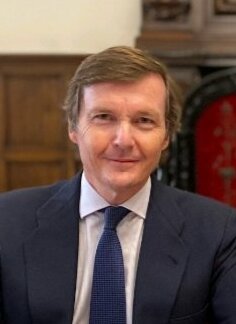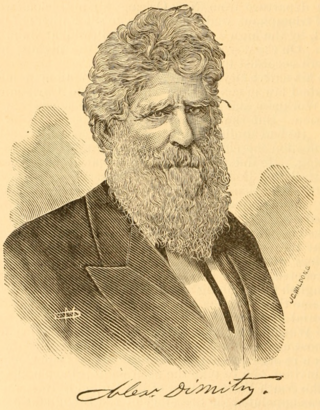Related Research Articles

The Independent Order of Odd Fellows (IOOF) is a non-political, non-sectarian international fraternal order of Odd Fellowship. It was founded in 1819 by Thomas Wildey in Baltimore, Maryland, United States. Evolving from the Order of Odd Fellows founded in England during the 18th century, the IOOF was originally chartered by the Independent Order of Oddfellows Manchester Unity in England but has operated as an independent organization since 1842, although it maintains an inter-fraternal relationship with the English Order. The order is also known as the Triple Link Fraternity, referring to the order's "Triple Links" symbol, alluding to its motto "Friendship, Love and Truth".

The Knights of Honor, was a fraternal order and secret society in the United States in the late 19th and early 20th century. The Knights were one of the most successful fraternal beneficiary societies of its time.

A benefit society, fraternal benefit society, fraternal benefit order, friendly society, or mutual aid society is a society, an organization or a voluntary association formed to provide mutual aid, benefit, for instance insurance for relief from sundry difficulties. Such organizations may be formally organized with charters and established customs, or may arise ad hoc to meet unique needs of a particular time and place.

Frederick I was the Grand Duke of Baden from 1858 to 1907.

Francisco de Asís was King of Spain as the husband of Queen Isabella II from their marriage in 1846 until Isabella's deposition in 1868. Francisco and his wife were double first cousins, as their fathers were brothers and their mothers were sisters. Isabella was deposed in the Glorious Revolution of 1868, but the monarchy was restored under their son Alfonso XII in 1874.

The Supreme Court of Louisiana is the highest court and court of last resort in the U.S. state of Louisiana. The modern Supreme Court, composed of seven justices, meets in the French Quarter of New Orleans.
The Order of Scottish Clans was a fraternal and benevolent society The dual purpose of the Order was to provide life and disability insurance to Scottish immigrants and their descendants, and also to preserve the culture and traditions of Scotland among Americans of Scottish ancestry.
The Improved Order of Heptasophs was a fraternal order in the United States that existed from 1878-1917. It was distinguished from its parent organization, the Order of Heptasophs in that its main focus was on insurance.

Charles Francis Buck was a U.S. Representative from Louisiana.

Archduke Joseph Karl of Austria was a member of the House of Habsburg-Lorraine. He was the second son of Archduke Joseph, Palatine of Hungary and Duchess Maria Dorothea of Württemberg.

Prince Pedro of Bourbon-Two Sicilies, Duke of Calabria, Grandee of Spain, is the only son of Infante Carlos, Duke of Calabria (1938–2015), and his wife, Princess Anne of Orléans. As primogeniture heir of the kings of the Two Sicilies he is the principal claimant to the headship of the Royal House of Bourbon-Two Sicilies, which ruled the Kingdom of the Two Sicilies before the unification of Italy.

The Supreme Council of the Royal Arcanum, commonly known simply as the Royal Arcanum, is a fraternal benefit society founded in 1877 in Boston, Massachusetts by John A. Cummings and Darius Wilson, who had previously been among the founders of the Knights of Honor, a similar organization, in Kentucky. The Royal Arcanum home office is located in Boston, Massachusetts.

Alexander Dimitry was an American author, diplomat, educator, journalist, lawyer, orator, and publicist. He was the first state superintendent of public instruction in Louisiana and represented the United States as Ambassador to Costa Rica and Nicaragua. He was the first person of color to hold both offices and despite his mixed heritage (quadroon), he was one of the few people of color to serve in the bureaucracy of the Confederate Government. Alexander generally passed as white but still witnessed countless incidents of racism. Two major incidents involving his family were documented in court entitled Forstall, f.p.c. v. Dimitry (1833) and Pandelly v. Wiltz (1854). Throughout his entire life, Alexander underwent constant persecution and was always reminded of his skin color and ethnic background.

The Swedish Order of Freemasons is a Swedish fraternal order of freemasonry, founded in 1735 as the oldest still active Swedish fraternal order. It is the native Swedish manifestation of Swedish Rite Freemasonry, recognised by the United Grand Lodge of England as a Regular Masonic jurisdictions. The total membership is 16,500.

The National Order of Merit of Paraguay is an award given by the government of Paraguay. The award was first established in 1865 and can be given to any person or organization that has contributed in some way to the benefit of Paraguay.
The Knights of Pythias of North America, South America, Europe, Asia, Africa and Australia, also known as the Colored Knights of Pythias or the Knights of Pythias, was a fraternal organization in the United States. The Knights of Pythias, founded in 1864, did not allow African Americans and so this group formed on its own. The organization was established in Vicksburg, Mississippi in 1880 by Thomas W. Stringer, along with Thomas M. Broadwater, A. E. Lightfoot, George A. Place, W. D. Starks, Claybourne Julian.
References
- ↑ Stevens, Albert C. Cyclopedia of Fraternities: A Compilation of Existing Authentic Information and the Results of Original Investigation as to the Origin, Derivation, Founders, Development, Aims, Emblems, Character, and Personnel of More Than Six Hundred Secret Societies in the United States E. B. Treat and Company, New York p.178
- ↑ Stevens pp.178-9
- ↑ Stevens p.177
- ↑ Stevens p.176
- ↑ Stevens pp.179-80
- 1 2 3 Stevens p.180
- ↑ Harrison W.Burton The history of Norfolk, Virginia Norfolk, Va., Norfolk Virginian job print p.242
- ↑ Stevens pp.176, 180